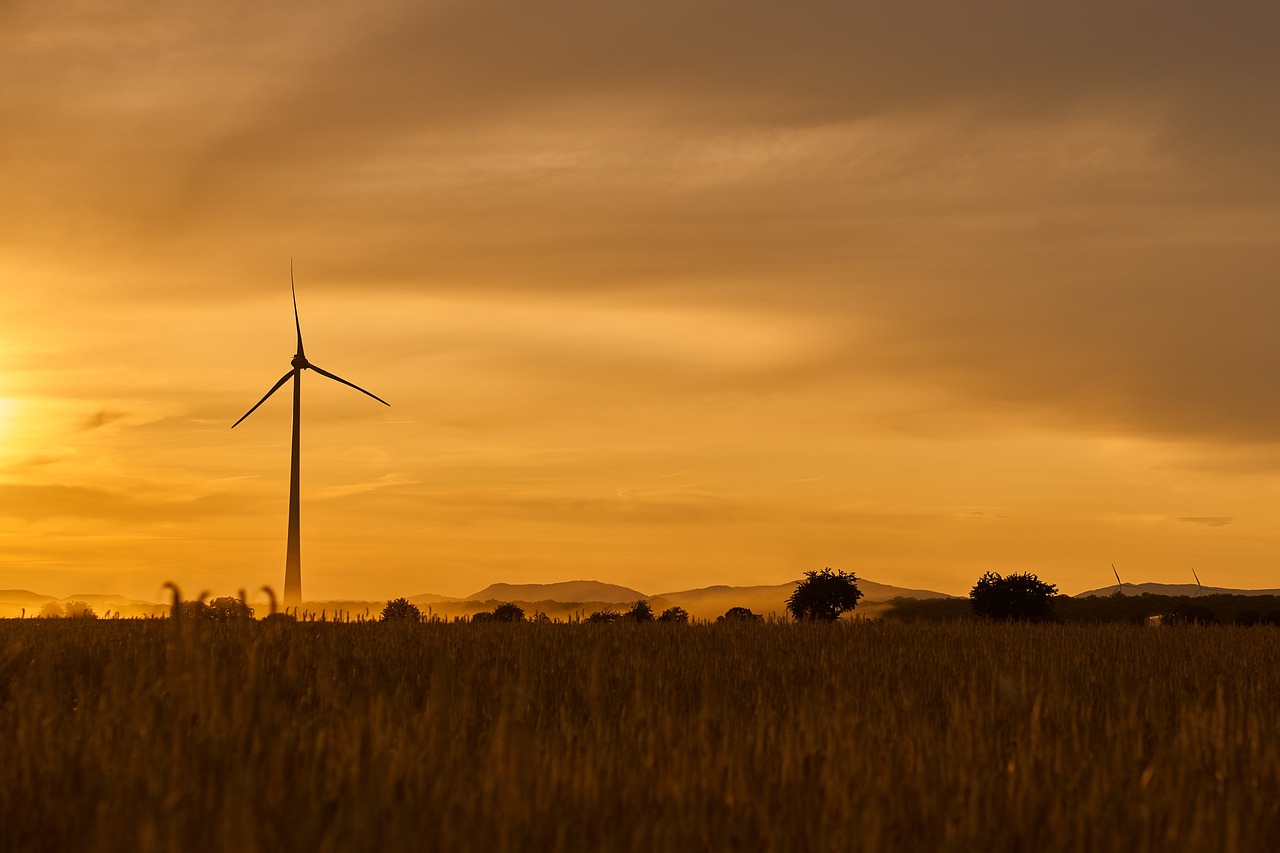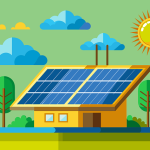External shades help to prevent the summer sun from overheating south-facing rooms in this Passivhaus social housing development at Wimbish, Essex. Photo courtesy of Parsons & Whittley Architects.
Imagine you’re sitting at home on a winter’s evening, with the temperature plunging outside. What do you do if you feel a bit chilly? Turn up the heating? No. Just boil the kettle, make the tea, turn on the TV – all the usual things that people do. These alone could be enough to take away the chill and make for a comfortable evening in a Passivhaus. Because that is literally what ‘Passivhaus’ means – a building that relies primarily on ‘passive’ heat sources, such as the sun and the heat generated by the occupants and their activities and devices. To achieve this it must be super-insulated and airtight, relying on a mechanical ventilation system to continually feed fresh air into the building, recover heat from extracted air, and maintain a comfortable environment.
Super energy-efficient buildings
Passivhaus designs can save up to 75% on the cost of space heating and cooling compared with conventional new-build designs in the UK. Over 37,000 buildings have been constructed worldwide to the Passivhaus standard, demonstrating that not only homes but also schools, community centres, offices and many other building types can achieve much greater levels of sustainability in design and use. Similar principles can be applied to refurbishment of existing buildings, to radically improve their insulation and energy performance.
Building to the Passivhaus standard generally costs more – perhaps as much as 10% more – but an analysis of whole-life costs reveals that they turn out cheaper in the long run, say over 50 or 100 years, compared to conventional designs, when the lower running and maintenance costs are taken into account.
Features of Passivhaus designs
- Very high levels of insulation
- Airtight building fabric
- High-performance windows (e.g. triple glazed) with insulated frames
- Detailed design in construction to avoid thermal bridging
- Mechanical ventilation and heat recovery (MVHR) system for space heating and cooling, and fresh air supply
- Optimal use of south-facing orientation to maximize solar gain
- Strategic shading for passive cooling
- Use of renewable technologies
Principles of Passivhaus construction. Note the large south-facing windows and smaller north-facing windows. Heat from extracted air is used to warm incoming fresh air, which itself is prewarmed (or cooled) via a ground-to-air heat exchanger. Image courtesy of Parsons & Whittley Architects.
The Passivhaus standard
A building is certified as ‘Passivhaus’ only if it complies with a performance standard set by the the Passivhaus Institute in Germany. This organization is headed by Dr Wolfgang Feist, who pioneered the Passivhaus concept in the 1990s, with a pilot project in Darmstadt called the Kranichstein Passive House (1990). In the UK, certification of buildings and accreditation of professionals is undertaken by the Passivhaus Trust.
New-build standard
- Energy demand for space heating and cooling must not exceed 15 kWh/sq metre/year
- Energy demand for all domestic applications (heating, hot water, and electricity) must not exceed 120 kWh/sq metre/year.
- Airtightness such that there are no more than 0.6 air changes per hour at 50 Pa pressure
- Internal temperature should not exceed 25°C for more than 10% of the time throughout the year
Refurbishment
The Passivhaus standard for refurbishment, called EnerPHit, is less stringent. It requires, e.g., that the energy demand for space heating and cooling must not exceed 25 kWh/sq metre/year. Full specifications of both standards are given on the Passivhaus Institute website.
Costs and benefits of Passivhaus
Can the extra cost of designing and building a Passivhaus be justified? Encraft consulting engineers have compared the whole-life costs of various Passivhaus designs with a typical ‘conventional’ new-build home of brick cavity wall and a gas boiler for space heating and hot water. This takes into account the differences in space heating costs, as well as maintenance costs such as replacing gas boilers, and filters and ducting for the Passivhaus MVHR system.
They concluded that ‘in the majority of scenarios, a Passivhaus will have a lower whole-life cost than a traditional new build’, over lifetimes ranging from 30 to 100 years. Even in a Passivhaus, purely on cost grounds, a traditional gas boiler was found to be the best bet for hot water and supplementary space heating, and their analysis favoured a more expensive but durable metal duct system, rather than plastic, for the ventilation system.
One significant factor was replacement of the air filter in the MVHR unit, recommended every 6 months. The most economical option is for householders to replace this themselves, whereas replacement by a professional twice a year will incur considerable costs over the building’s lifetime.


